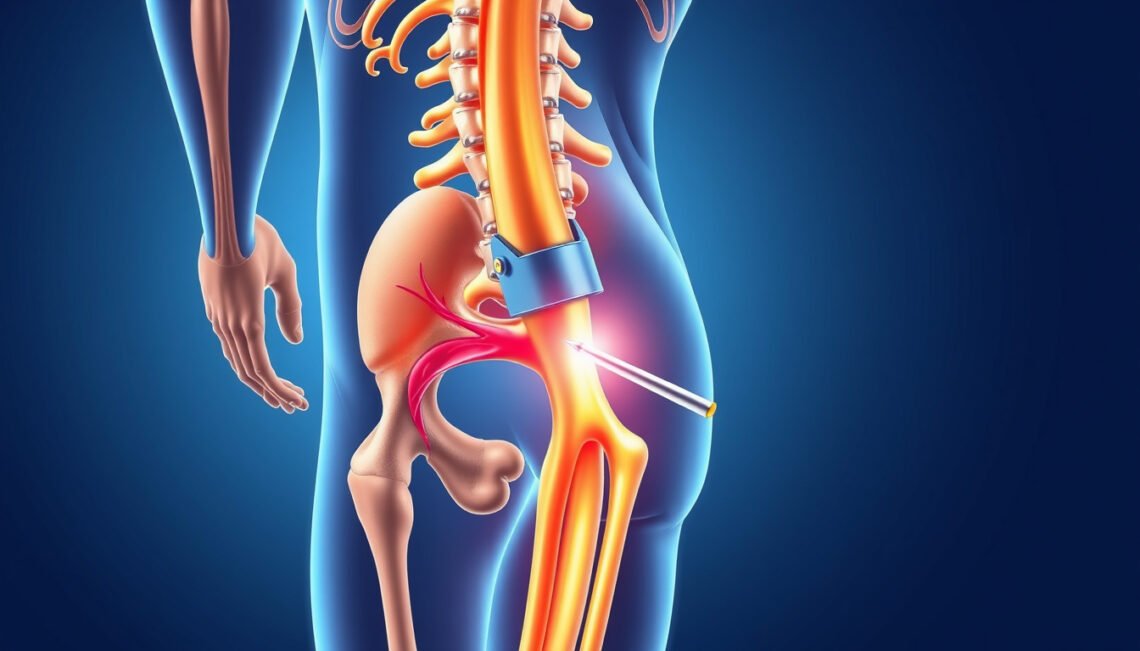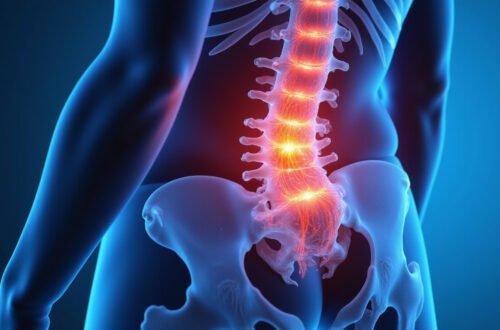If you’re struggling with persistent discomfort radiating from your lower back down through your legs, a sciatic nerve release may be the solution you’ve been searching for. Sciatic nerve pain, commonly known as sciatica, results from irritation or compression of the sciatic nerve, causing sharp pain, numbness, or weakness. Understanding effective sciatic nerve release techniques can help you achieve lasting pain relief and restore your quality of life.
In this article, we’ll explore various approaches and exercises designed to relieve pressure on the sciatic nerve. These methods focus on both immediate pain reduction and long-term management of sciatic symptoms.
What Causes Sciatic Nerve Pain?
Before jumping into sciatic nerve release techniques, it’s important to understand what causes this uncomfortable condition. Sciatica occurs when the sciatic nerve—the largest nerve in the body—becomes compressed or irritated. Common causes include:
- Herniated or bulging discs in the spine
- Spinal stenosis (narrowing of the spinal canal)
- Piriformis syndrome, where the piriformis muscle compresses the nerve
- Degenerative disc disease
- Trauma or injury to the lower back or pelvis
These factors can impair normal nerve function, leading to pain that radiates from the lower back through the buttock and down the leg.
Key Benefits of Sciatic Nerve Release
Sciatic nerve release techniques focus on reducing nerve compression and muscle tightness around the nerve pathway. Benefits include:
- Decreased nerve irritation and inflammation
- Reduced muscle spasms contributing to nerve pressure
- Improved nerve mobility and blood flow
- Enhanced flexibility and range of motion in the lower back and legs
- Long-term pain management and prevention of recurrent sciatica
Sciatic Nerve Release Techniques You Can Try
Many individuals find relief through non-invasive methods that target the underlying causes of sciatic nerve pain. Below are some of the most effective techniques:
1. Stretching Exercises for Sciatic Nerve Release
Gentle stretches help to elongate muscles around the piriformis and hamstrings, reducing pressure on the sciatic nerve. Some popular stretches include:
- Piriformis stretch: Lying on your back, cross one leg over the other and gently pull the knee toward the chest to stretch the buttock muscle.
- Seated hamstring stretch: While seated, extend one leg straight and reach toward your toes to stretch the back of the thigh.
- Knee-to-chest stretch: Pull one knee to your chest while lying on your back to relieve lower back tension.
Performing these stretches daily can significantly reduce nerve irritation.
2. Myofascial Release and Massage Therapy
Myofascial release involves gentle, sustained pressure on muscle fascia to alleviate muscle tightness and improve circulation. Targeting the lower back, buttocks, and legs through therapeutic massage can ease muscle spasms compressing the sciatic nerve. Using tools like foam rollers can also help in self-administered myofascial release.

3. Nerve Gliding Exercises
Nerve glides specifically mobilize the sciatic nerve, encouraging it to move freely within the surrounding tissues and reducing adhesions or entrapments. A common example is the "nerve flossing" technique, which gently stretches the nerve without causing irritation. This can promote nerve health and pain relief.
4. Chiropractic Adjustments
Chiropractors use spinal manipulation techniques to realign vertebrae and relieve pressure on spinal nerves, including the sciatic nerve. Many patients report significant improvement after a series of chiropractic sessions aimed at correcting spinal misalignments.
5. Physical Therapy
A tailored physical therapy program can combine stretching, strengthening, and posture correction exercises designed to release sciatic nerve tension. Physical therapists also educate patients on body mechanics to reduce future nerve compression.
At-Home Sciatic Nerve Release Routine
Here’s a simple routine you can perform at home to help ease sciatic nerve pain:
- Warm-up: Begin with 5-10 minutes of light walking or stationary cycling to increase blood flow.
- Piriformis stretch: Hold for 30 seconds on each side, repeat twice.
- Hamstring stretch: Hold for 30 seconds per leg, repeat twice.
- Knee-to-chest stretch: Hold for 30 seconds on each side, repeat twice.
- Sciatic nerve gliding: Perform 5-10 gentle repetitions per leg.
- Foam rolling: Roll over tight areas in the lower back and buttocks for 1-2 minutes.
Repeat this routine daily to experience gradual and sustained pain relief.
When to Seek Medical Intervention
While sciatic nerve release techniques can be highly effective, some cases require medical attention. If you experience any of the following, consult a healthcare professional immediately:
- Severe or worsening pain that doesn’t improve with conservative methods
- Significant weakness or numbness in your leg or foot
- Loss of bladder or bowel control
- Pain following a traumatic injury
In such instances, advanced treatments like corticosteroid injections or surgery may be necessary (source: Mayo Clinic).
Frequently Asked Questions
What is the best way to perform sciatic nerve release at home?
The best approach incorporates gentle stretching targeting the piriformis and hamstring muscles, nerve gliding exercises, and self-myofascial release such as foam rolling. Consistency is key—daily routines provide the most benefit.
How long does it take for sciatic nerve release exercises to work?
Results vary, but many people notice relief within 2-4 weeks of daily sciatic nerve release exercises. Persistent symptoms might require combining techniques or seeking professional guidance.
Can chiropractic care provide lasting sciatic nerve release?
Yes, chiropractic adjustments can relieve nerve pressure and improve spinal alignment. When combined with exercise and lifestyle changes, chiropractic care often leads to lasting pain relief.
Conclusion: Take Control of Your Sciatic Nerve Pain Today
Sciatic nerve release techniques offer a natural and effective way to reduce pain and regain mobility. By incorporating targeted stretches, myofascial release, nerve gliding, and possibly chiropractic or physical therapy, you can experience lasting relief from sciatica symptoms. Don’t let sciatic pain control your life—commit to these proven methods, and take the first step to a pain-free tomorrow.
Ready to say goodbye to sciatic pain? Start your sciatic nerve release routine today, and consult with healthcare professionals who can tailor a plan specific to your needs. Your journey to lasting sciatic pain relief begins with the right techniques and consistent care.






